Recommendations for a small scale drip system?
jpe118
16 years ago
Related Stories
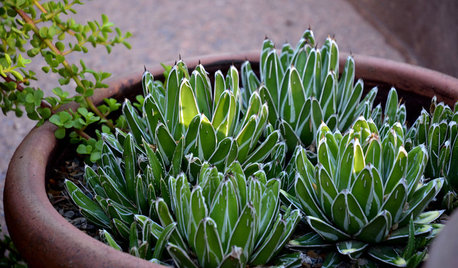
GARDENING GUIDES10 Small-Scale Agaves Just Right for Containers
Use these little living sculptures to enhance your outdoor spaces, from alfresco dining tables to urban courtyards
Full Story
GARDENING GUIDESHow to Install a Drip Irrigation System
Save time and water with a drip watering system in your vegetable garden — a little patience now will pay off later
Full Story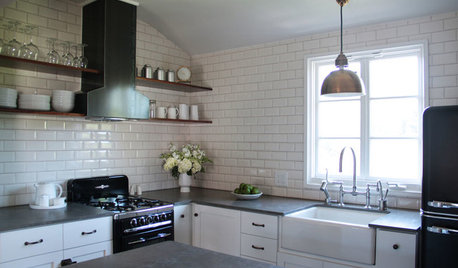
KITCHEN DESIGN10 Big Space-Saving Ideas for Small Kitchens
Feeling burned over a small cooking space? These features and strategies can help prevent kitchen meltdowns
Full Story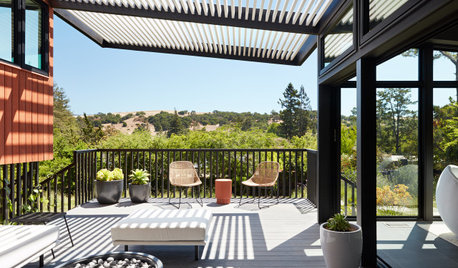
PATIOS9 Stylish Shade Solutions for Patios and Small Garden Areas
Cool down modest-size outdoor spaces with features such as awnings, umbrellas, small shade trees and more
Full Story
GREAT HOME PROJECTSHow to Add a Radiant Heat System
Enjoy comfy, consistent temperatures and maybe even energy savings with hydronic heating and cooling
Full Story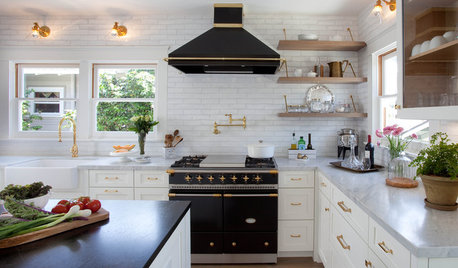
KITCHEN DESIGN5 Premium Kitchen Features One Designer Recommends
From pro-style ranges to discreet charging stations, these luxury upgrades can take a space to the next level
Full Story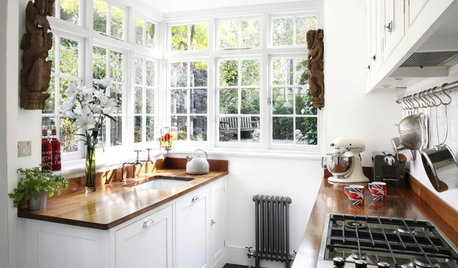
SMALL KITCHENS10 Things You Didn't Think Would Fit in a Small Kitchen
Don't assume you have to do without those windows, that island, a home office space, your prized collections or an eat-in nook
Full Story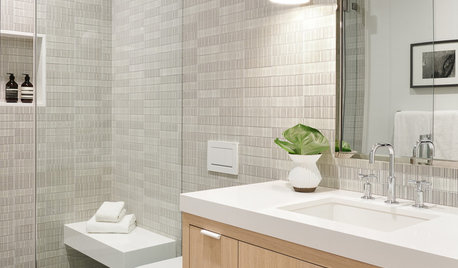
MOST POPULAR10 Stylish Small Bathrooms With Walk-In Showers
Get inspired by this collection of compact bathrooms that make a splash with standout design details
Full Story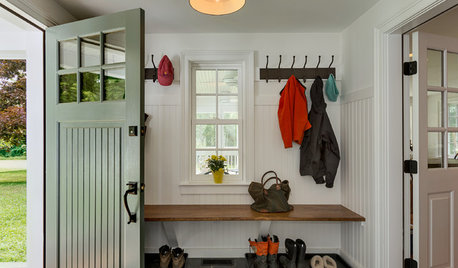
DECLUTTERINGSmall Steps for Keeping Your Housekeeping Resolutions
Take a different approach this year, making simple, positive changes that add up before you know it
Full Story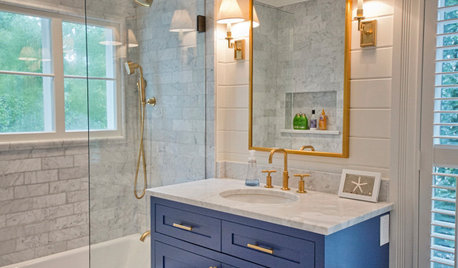
BATHROOM DESIGN12 Designer Tips to Make a Small Bathroom Better
Ensure your small bathroom is comfortable, not cramped, by using every inch wisely
Full StoryMore Discussions








Beeone
jpe118Original Author
Related Professionals
Reading Landscape Architects & Landscape Designers · Barrington Hills Landscape Architects & Landscape Designers · Pottstown Landscape Contractors · Wilmington Landscape Contractors · El Sobrante Landscape Contractors · Ellicott City Landscape Contractors · Fort Hunt Landscape Contractors · Manhattan Landscape Contractors · Melrose Park Landscape Contractors · Ramsey Landscape Contractors · Round Lake Landscape Contractors · Vashon Landscape Contractors · Oxon Hill Landscape Contractors · Norridge Landscape Contractors · Paradise Solar Energy SystemsBeeone
jpe118Original Author
Beeone